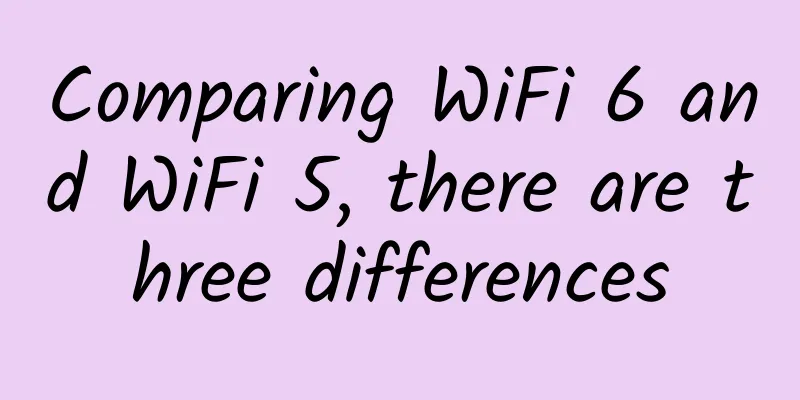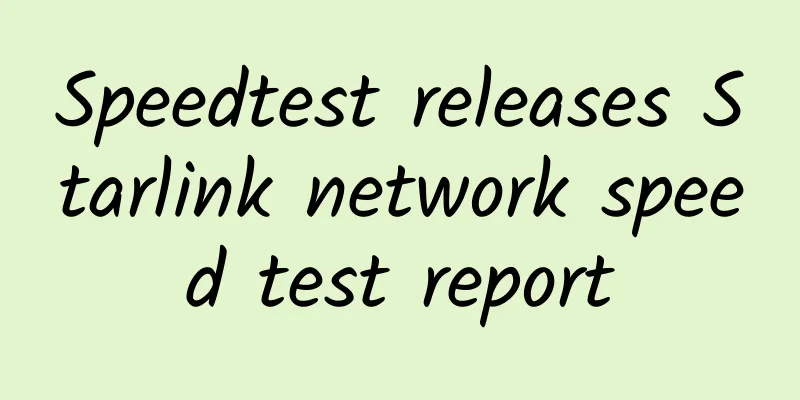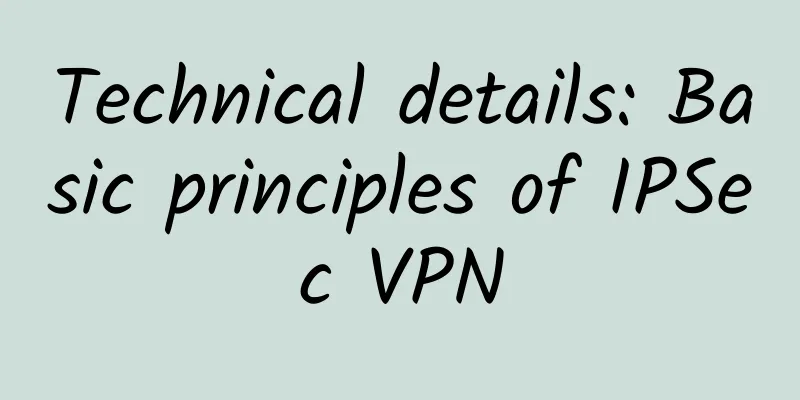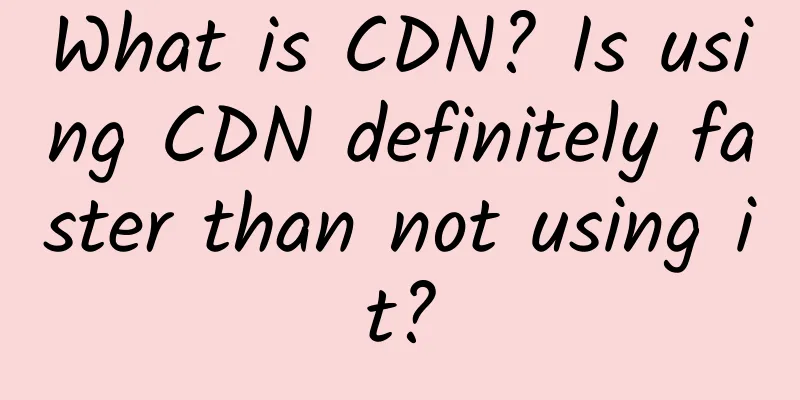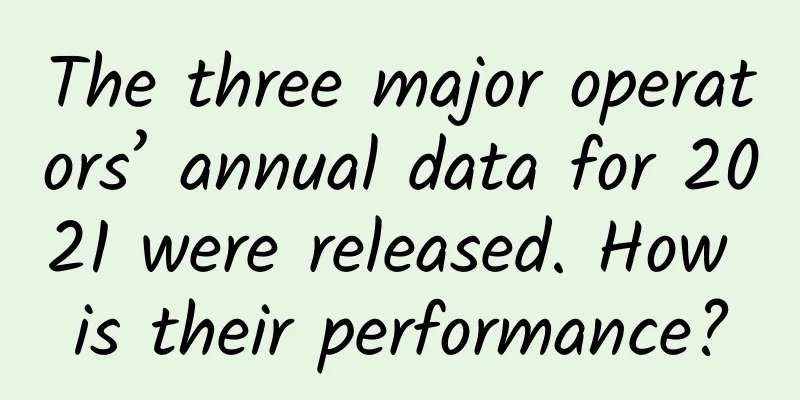The interviewer asked about the ZAB protocol right away, and I was trembling...
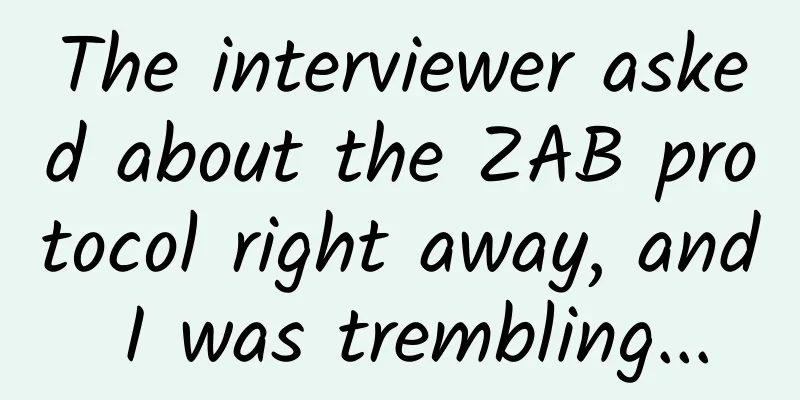
|
Zookeeper achieves the final consistency of distributed transactions through the ZAB consistency protocol. ZAB Protocol IntroductionZAB stands for Zookeeper Atomic Broadcast (Zookeeper Atomic Broadcast Protocol) The ZAB protocol is a crash-recovery-supported consistency protocol designed specifically for the distributed coordination service ZooKeeper. Based on this protocol, ZooKeeper implements a master-slave system architecture to maintain data consistency between replicas in the cluster. The message broadcast process of ZAB uses the atomic broadcast protocol, which is similar to the two-phase commit. In response to the client's request, the Leader server generates a corresponding transaction proposal and sends it to all Follower servers in the cluster. Then, the respective votes are collected and the transaction is finally committed. As shown in the figure: In the ZAB protocol, two-phase commit removes the interruption logic. All follower servers either respond to the transaction proposal put forward by the leader normally, or abandon the leader server. At the same time, we can start submitting the transaction proposal after more than half of the follower servers have responded with ACK. The Leader server will assign a global monotonically increasing ID to the transaction proposal, called the transaction ID (ZXID). Since the ZAB protocol needs to ensure the strict causal relationship of each message, each transaction proposal needs to be processed in the order of its ZXID. During the message broadcast process, the Leader server will allocate a queue for each Follower server, then put the transaction proposals into these queues in turn, and send messages according to the FIFO strategy. After receiving the transaction proposal, each Follower server will write the transaction proposal to the local disk in the form of a transaction log, and after successful writing, it will feedback ACK to the Leader server. When the Leader server receives ACKs from more than half of the Follower servers, it sends a COMMIT message and completes the transaction commit. After receiving the COMMIT message, the Follower server also commits the transaction. The reason why the atomic broadcast protocol is adopted is to ensure the consistency of distributed data. More than half of the nodes save data consistency. Message BroadcastYou can think of the message broadcast mechanism as a simplified version of the 2PC protocol, which ensures the sequential consistency of transactions through the following mechanism. When the client submits a transaction request, the Leader node generates a transaction Proposal for each request and sends it to all Follower nodes in the cluster. After receiving feedback from more than half of the Follower nodes, the transaction is submitted. The ZAB protocol uses the atomic broadcast protocol. In the ZAB protocol, only more than half of the Follower nodes need to feedback Ack to submit the transaction. This also leads to data inconsistency after the Leader node crashes. ZAB uses crash recovery to handle the problem of inconsistent numbers. The message broadcast uses the TCP protocol for communication to ensure the order of receiving and sending transactions. When broadcasting messages, the Leader node assigns a globally incremented ZXID (transaction ID) to each transaction Proposal, and each transaction Proposal is processed in the order of ZXID. The Leader node allocates a queue for each Follower node and puts transactions into the queue in the order of transaction ZXID, and sends transactions according to the queue's FIFO rule. After receiving the transaction Proposal, the Follower node will write the transaction to the local disk in the form of a transaction log, and feedback the Ack message to the Leader node after success. The Leader will commit the transaction after receiving the Ack feedback from more than half of the Follower nodes, and broadcast the Commit message to all Follower nodes at the same time. After receiving the Commit, the Follower node will start to commit the transaction; Crash recoveryDuring the message broadcast process, if the leader crashes, can data consistency be guaranteed? When the leader crashes, it will enter the crash recovery mode. In fact, it mainly handles the following two situations.
To address this issue, ZAB defines two principles:
How to ensure that transactions that have been submitted by the leader are committed and transactions that have been skipped are discarded? The core is to process it through ZXID. When recovering after a crash, the largest zxid will be selected as the snapshot for recovery. The advantage of this is that the transaction submission check and transaction discard work can be omitted to improve efficiency. Data SynchronizationAfter the leader election is completed, before the work officially starts, the leader server will confirm whether all transaction proposals in the transaction log (referring to the submitted transaction proposals) have been submitted by more than half of the machines, that is, whether data synchronization is completed. The following is the data synchronization process of the ZAB protocol. The Leader server prepares a queue for each Follower server, and sends transactions that have not been synchronized by the Follower server to the Follower server one by one in the form of transaction proposals, and sends a commit message after each transaction proposal message to indicate that the transaction has been committed. After the Follower server synchronizes all its unsynchronized transaction proposals from the Leader server and applies them to the local database, the Leader server will add the Follower server to the list of truly available Followers. ZXID’s DesignZXID is a 64-bit number, as shown in the figure below. The lower 32 bits are a simple monotonically increasing counter. When the Leader server generates a new transaction proposal, it will add 1 to the counter. The upper 32 bits are used to distinguish different leader servers. Specifically, each time a new leader server is elected, the largest ZXID is taken from the local log of the leader server, the corresponding epoch value is generated, and then 1 is added, and then the value is used as the new epoch. The lower 32 bits are used to generate ZXID starting from 0. (I understand that the epoch here represents the flag of a leader server. Each time a leader server is elected, the epoch value will be updated, indicating that the new leader server will handle transaction requests during this period). The ZAB protocol uses epoch numbers to distinguish leader period changes, which can effectively prevent different leader servers from using the same ZXID. Below is the core code for generating zxid of my Leader node. You can take a look at it.
ZAB protocol implementationThe process of writing dataBelow I sorted out the process of writing data in the zookeeper source code, as shown in the following figure: Referenceshttps://www.cnblogs.com/veblen/p/10985676.html https://zookeeper.apache.org |
<<: The battle for power saving in 5G mobile phones
>>: China Telecom is the best at number portability
Recommend
Huawei Cloud Managed Campus Solution Accelerates Enterprise Digital Transformation by Saving OPEX by 87% in Three Years
[51CTO.com original article] In the digital age, ...
Professor of the University of Tokyo: Insufficient 5G development affects Japan's 6G strategy
After ignoring electric cars in the field of new ...
Shi Kai: ThoughtWorks creates a competitive advantage for you
[51CTO.com original article] On December 1-2, 201...
“Hotel chains” also have “five-star” Wi-Fi! How did Lavande Hotels do it?
Hotel Wi-Fi ≈ Slow speed and insecurity? This pro...
The benefits of 5G technology for education upgrades
With over 250 million students, India has one of ...
Ethernet cables: A billion-dollar market, but growth will be hampered
[[177568]] Allied Market Research forecasts that ...
48V AC direct supply technology is the future development direction of data centers
With the large-scale construction of data centers...
Enterprise cloud transformation is imminent, network architecture needs to be prepared
[51CTO.com original article] The rapid developmen...
How will HTTP and DNS protocols evolve in the 5G era?
HTTP and DNS have almost become two household pro...
Tribute to hackers | Review of the exploration of memory virtualization
[[415610]] Cloud and virtualization Cloud computi...
The Ministry of Industry and Information Technology issued the "Regulations on the Management of Number Portability Services": Nine types of behaviors are strictly prohibited
[[282065]] The Ministry of Industry and Informati...
On the first day after Double Eleven, I heard that programmers all went here to "carnival"...
November 12, 2017, 2:00 p.m. The autumn is crisp,...
The tragedy of database collision – it’s time to change your security thinking!
2016 is destined to be the most milestone year in...
Facebook exposed a security vulnerability that can be brute-forced to bypass two-factor authentication
Security researchers from Nepal recently discover...
Seven steps to SD-WAN deployment
The benefits of software-defined WANs are appeali...

